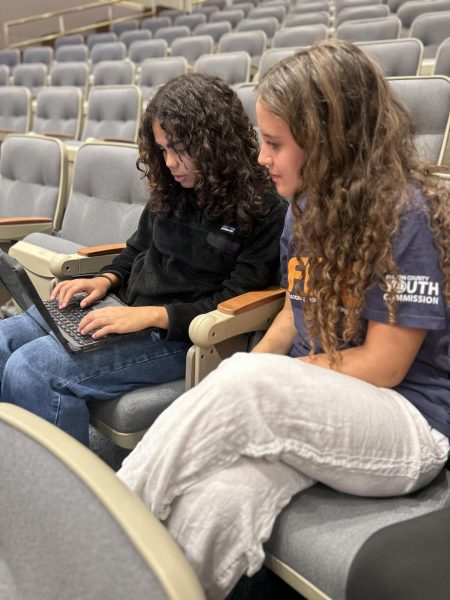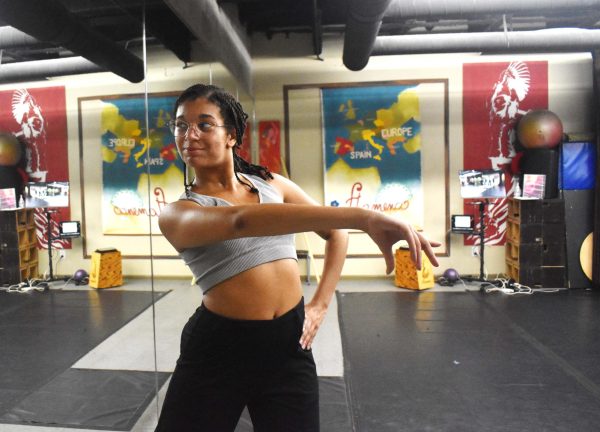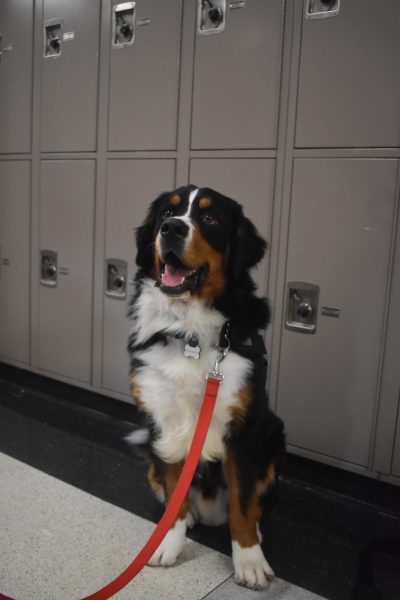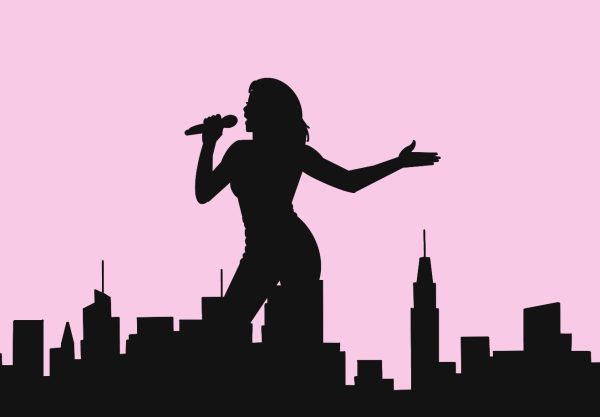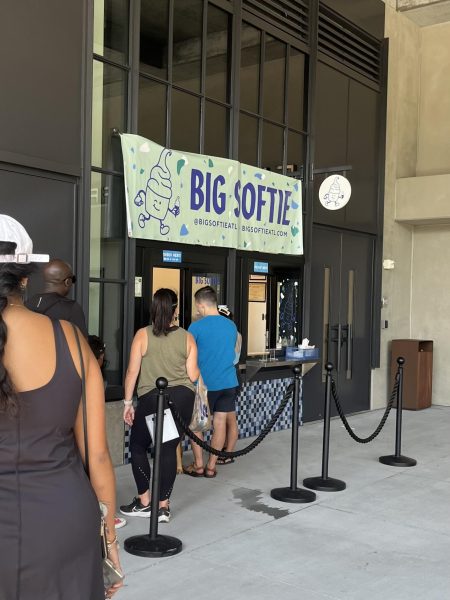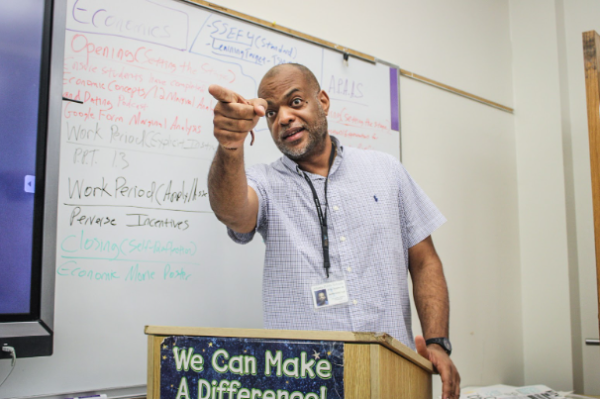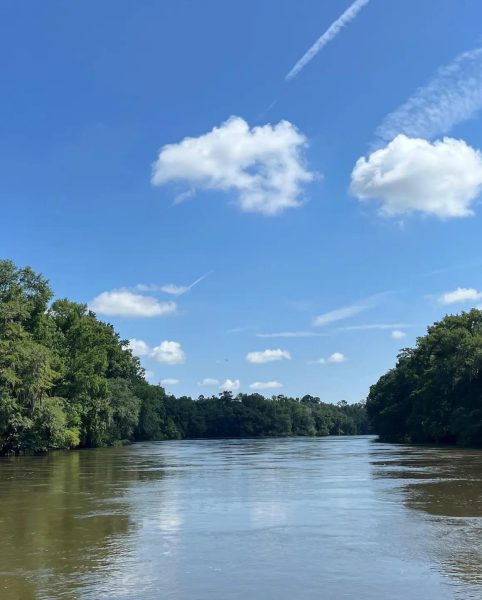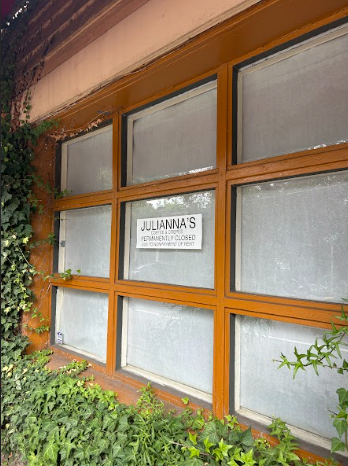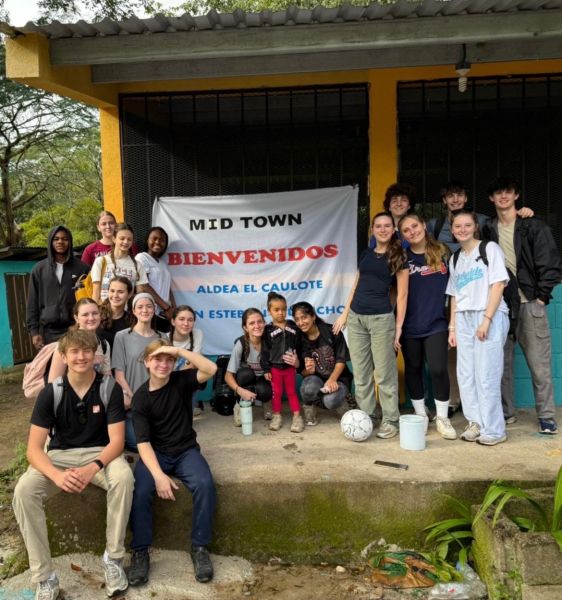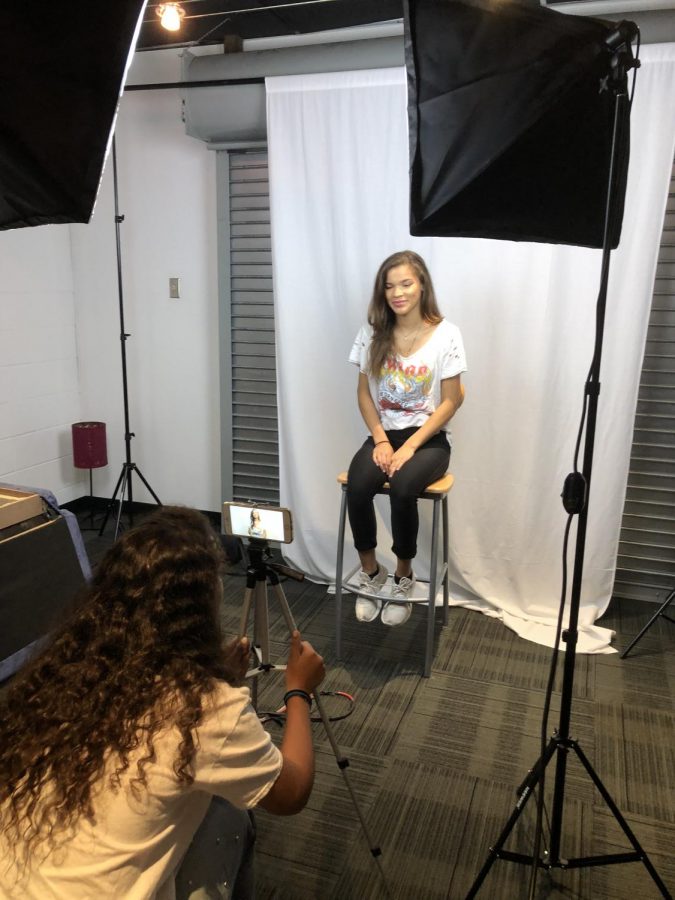Smith’s documentary gives multiracial teens recognition
“What are you?” This is a phrase that many mixed-raced teens have been faced with explaining their whole lives, often having to answer this offhand, multidimensional question to curious strangers.
Through her documentary “All Mixed Up,” junior Camisha Smith hopes to eliminate the difficulties with these types of questions in her community’s rhetoric.
“I feel like mixed people get treated differently purely because of their genetic makeup, so I want multiracial people to learn how to be courageous and strong in their own skin,” Smith said.
Inspired by her Girl Scouts troop and the prospect of receiving the coveted, highest-honor Girl Scouts Gold Award, Smith began work with the help of mentor and social studies teacher Mary Van Atta, her mother and Mount Paran Church.
“Before I started, I had the idea of doing something about mixed empowerment, so I started research,” Smith said. “There’s the Black Lives Matter movement, there’s community awareness, but there was nothing about [empowerment for biracial teens].”
Growing up, Smith didn’t have many biracial role models. Being of both German and African descent, she always felt a little out of place, like she had to pick one race to side with. Even something as simple as filling out the race section of a standardized test was confusing to her. Pick one? How could she say that she identified as only one race and completely ignore the other half of her identity?
“People aren’t just supposed to fit into a box,” Smith said. “For people who are trying to find who they are, it can be hard because you feel like you have to pick one [race] over the other.”
Part of biracial teens’ identity issues stem from strangers, peers and sometimes even friends’ misunderstanding and insensitivity toward their race. To raise awareness of the everyday struggles of a modern-day biracial teen, Smith decided to create a documentary.
Smith searched the Internet for anything that involved biracial teen empowerment, but was only met with pointless videos and Google images showing “mixed-race girls learn how to do their hair” and “most beautiful mixed babies.”
“Nothing was about what it’s like growing up being mixed, so that inspired me even more,” Smith said. “I was thinking ‘What? There’s nothing about it? I’ve got to do this.’”
Her first interview with a fellow biracial teen opened Smith’s eyes to the fact that there were biracial kids who had the same experiences as her.
Junior Lucy Bertsch, one of six girls included in the documentary, shared the baggage that comes with having both black and white genetics.
“I remember this one time at camp, this counselor asked ‘What are you?’ and I was like ‘I’m mixed. What are you?’” Bertsch said. “She was obviously black, but it’s annoying because white people don’t get asked that, black people don’t get asked that, it’s just mixed people that get asked that question.”
Bertsch still struggles with her identity, but she acknowledges that it is often times her peers that have her identity mixed up.
“When people identify you as mixed, they expect a certain personality to come with that,” Bertsch said. “When you grow up as a child, you have to be in a group that’s either considered ‘black’ or ‘white,’ but you can’t be both. It just doesn’t work like that. I was raised what people consider ‘white,’ but I’m still half black, and when I try to talk to the black community, sometimes certain people are like ‘You’re white. You’re not black. You can’t call yourself mixed.”
Even with something as simple as shoes, which on the surface have no correlation to race, Bertsch was questioned by her friends as to whether she was “black enough” to wear certain shoe brands.
“I bought a pair of Jordans and people thought I was ‘trying to be black,’ but I am half black,” Bertsch said. “And it makes me think, is there a problem with that?”
Bertsch hopes that by being involved in the documentary, she’ll be able to shed light on the emotional effect these stereotype-perpetuating comments have on biracial teens.
“You can see through Camisha’s documentary, that each of the mixed people she interviewed are different people that go through different things,” Bertsch said.
Now, after six months of conducting interviews, filming, editing and coordinating with a fifteen-person staff, Smith is ready for her community to see the mixed up stories of biracial teens come to life on the big screen.
She hopes to hold the screening of the documentary in January of 2019.
“It wasn’t a task,” Smith said. “It was something I was passionate about and wanted to do- getting to see my friends use their own voices and people being inspired by the project.”
Smith has already begun to see the effects of her project on her immediate community.
“As soon as I started the [Instagram account] and told people my ideas, so many random people have just come up to me or even DMed me and said ‘Hey this is really cool. I think this is a great idea,’” Smith said. “Even some people at church were like, ‘Oh, our kids are mixed. We think what you’re doing is really great, and we love to see that there are people like you who can be role models for our kids.’”
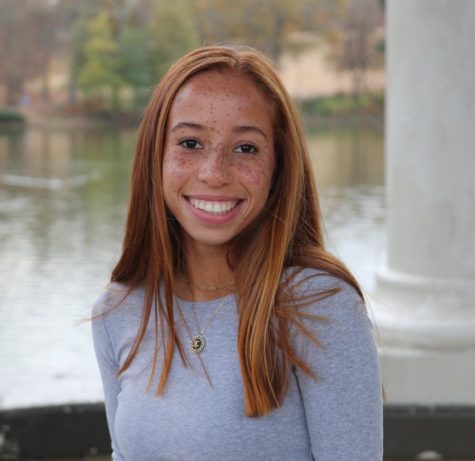
Kamryn Harty is excited for her last year on The Southerner staff! She is a Co-Editor in Chief and a member of the class of 2021. When she’s not writing,...

